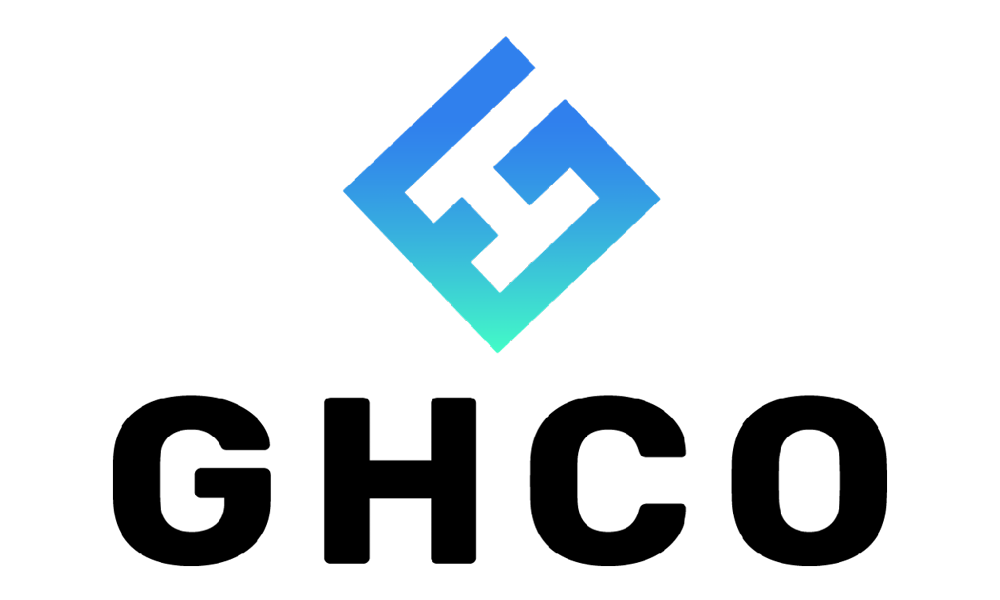Over the last year, thematic ETFs have seen a surge in popularity. Record inflows have boosted assets under management in thematic ETFs based on themes including clean energy, veganism, cannabis, robotics, cloud computing and AI.
Thematic ETFs are rules-based tracker funds designed to tap into a specific theme and invest in baskets of stocks that have similarities that might see them all benefit from an emerging trend, technological development, or even an evolving political or economic landscape.
These thematic ETFs are different to traditional ETFs because they do not simply mirror a stock index but rather aim to capture the performance of the chosen trend or industry. Typically, these thematic ETFs carry higher fees and track a custom-made index.
For esoteric thematic ETFs, there can be a limited universe of investable stocks. There simply are not enough listed companies within these narrow-cast themes. The result is that the custom-made indexes that they track can be made-up of relatively small-cap companies that often cannot support the high volume of inflows pouring into them.
This over-concentration can lead to several unintended consequences. For example, if the basket of companies is too small, any news on one company in the basket can drastically impact the price of the ETF. By definition, narrow baskets of small-cap companies are also prone to higher volatility, and the end-investor can thus be impacted by wider spreads on their trades and higher fees.
While these small caps certainly benefit (with hugely increased market caps) from new investors buying the thematic ETFs, where the ETF ends up holding a large percentage of their shares, any significant inflows or outflows can destabilise their underlying stock positions. This risk is particularly exaggerated when the market sells off or the theme loses appeal.
By having a wider, more liquid basket of stocks, issuers can reduce volatility and facilitate cheaper redemption processes, lower fees and tighter spreads. Index providers should therefore review their rules for inclusion, which in today’s world of emerging investable themes, can be outdated and detrimentally stringent. Both issuers and index providers should be prepared to include derivations of the theme of the ETF. This means including companies that contribute or profit from the theme but are not necessarily directly within the chosen theme.
There does however need to be a balance struck between both improving liquidity and reducing volatility, and also not allowing the index’s new basket to over-dilute exposure to its underlying investment theme. A closer look at the holdings can lead to potential risks or pitfalls for investors.
For example, if a thematic ETF decides to drastically rebalance its underlying index, the new exposure might be different to what investors initially expected. In other words, investors might think they are buying into a hot theme, but instead, end up getting the traditional mega-caps through higher-fee thematic ETFs.
ETFs that diversify too far beyond the niche concept – either to mute the effect of asset flows or because there is a lack of eligible pure-plays to construct a meaningful basket of stocks for investing – can end up over-diluting their exposure away from their intended theme. With thousands of ETFs now available globally, the names of strategies could be misleading, and, in those cases, it becomes a matter of whether the higher fees are justified.
There should also be a constant dialogue between the issuer and the index provider in order to avoid a situation where issuers are captive to catering to the vision of the index provider, who might have outdated, traditional views on index composition. Clearly, however, large index providers are more experienced in managing associated basket risks than a new ETF issuer that is just starting out and creating its own basket.
The demand for these products is not going anywhere and growth in the market will continue to attract new entrants. As thematic ETFs continue to grow in popularity, investors, index providers and issuers alike should carefully consider these hurdles from the conception process all the way through to listing and beyond.
Roxane Sanguinetti is head of fixed income and investor relations at GHCO
Further reading



